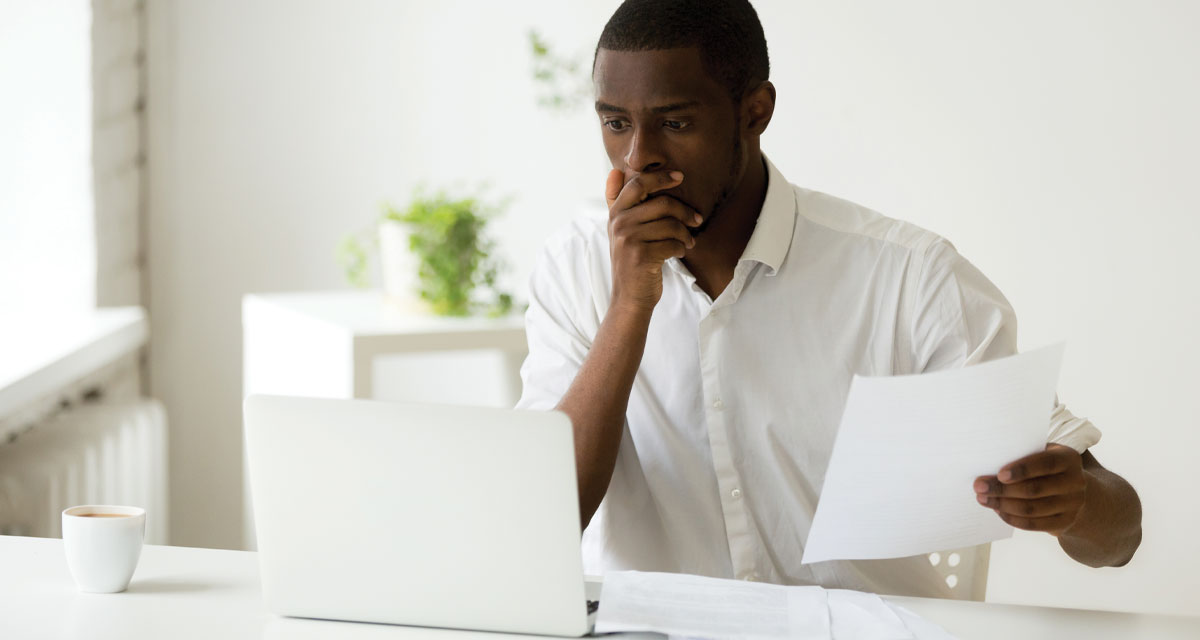It is a common human fear—the possibility of making a mistake. It happens to all of us at various times throughout our lives. Mistakes can come in big or small sizes. They can be as simple as buying the incorrect type of soap at the grocery store, or something on a greater scale with longer-lasting impact. Mistakes are often associated with failure. You got something wrong and when a person gets something wrong, there can be embarrassment, guilt, and the thoughts of, “I should have known better” or “Why did I do that?” However, mistakes aren’t always a bad thing, and can be a learning tool.
Writer Richard Curwin writes in the article “It’s a Mistake Not to Use Mistakes as Part of the Learning Process,” that after hearing a Ted talk from Dr. Brian Goldman, he realized that his mistakes fell into four categories: those I hid; those I learned nothing from; those I learned from; and those I learned from and shared my new knowledge with others. The last two categories, Curwin states, are the ones everyone should focus on.
When a mistake occurs, one of the first things a person should do is embrace it. Embrace the fact that things didn’t go as planned, and that that is okay. Then, find a solution and fix that error. Go back to the store for the right item, apologize to the people involved or find whatever a solution may be, and immediately correct it. After fixing your mistake, acknowledge it and reflect on what happened. This can be hard, because a person normally doesn’t want to ponder on their failures. They would rather sweep them under the rug and move on. While this is often doable, it isn’t the most productive or healthy way to deal with them and prevent them from recurring. Well-known business consultant Steven Denn once said, “You can never make the same mistake twice because the second time you make it, it’s not a mistake, it’s a choice.” The key to making sure that same mistake doesn’t happen again is by taking the time to learn from it—but how?
After embracing and correcting the mistake, make notes about what happened and describe the situation that created the mistake. Were you in a rush? Did you overlook a step, or weren’t fully focusing on it? Or maybe you just didn’t know what to do. Take a full inventory of the situation and what you were doing. Now, you may be thinking, “I made the mistake of getting the wrong item at the store. Why do I need to reflect on that?” You can learn from that simple mistake by giving yourself a chance to be more focused on what you are doing in the exact moment.
Next, develop a plan to prevent the mistake from happening again. With human nature, there will be times that the same mistake occurs more than once, but we can do all that we are able to stop it from recurring. Think about all the different solutions of what to do next time. As you go through this process, you are building muscle memory in your brain and physical skills, so you will be more aware, when and if you are ever in the same situation for that mistake to happen again. This will quickly build effective habits. After reflecting, take some time to regroup and refocus. Once you have designed your plan, move on to your next task. Don’t dwell on the mistake for long. After you have completed your reflection, that mistake is over. Former Los Angeles Lakers head coach, Luke Walton, once said, “You can’t change what happened, but you can change what happens next.” It is best to stay positive, not get discouraged, and believe in yourself.
Mistakes are going to happen. Nevertheless, how we use mistakes to better ourselves and move forward is more important. Mistakes can be one of the best learning opportunities. Reflecting on them allows a person to grow. So, the next time you make a mistake, don’t be afraid, and don’t think of it as a failure. Reflect, regroup, and begin to use your new-found knowledge. Never fear making a mistake again. Just be sure to learn from it.



















